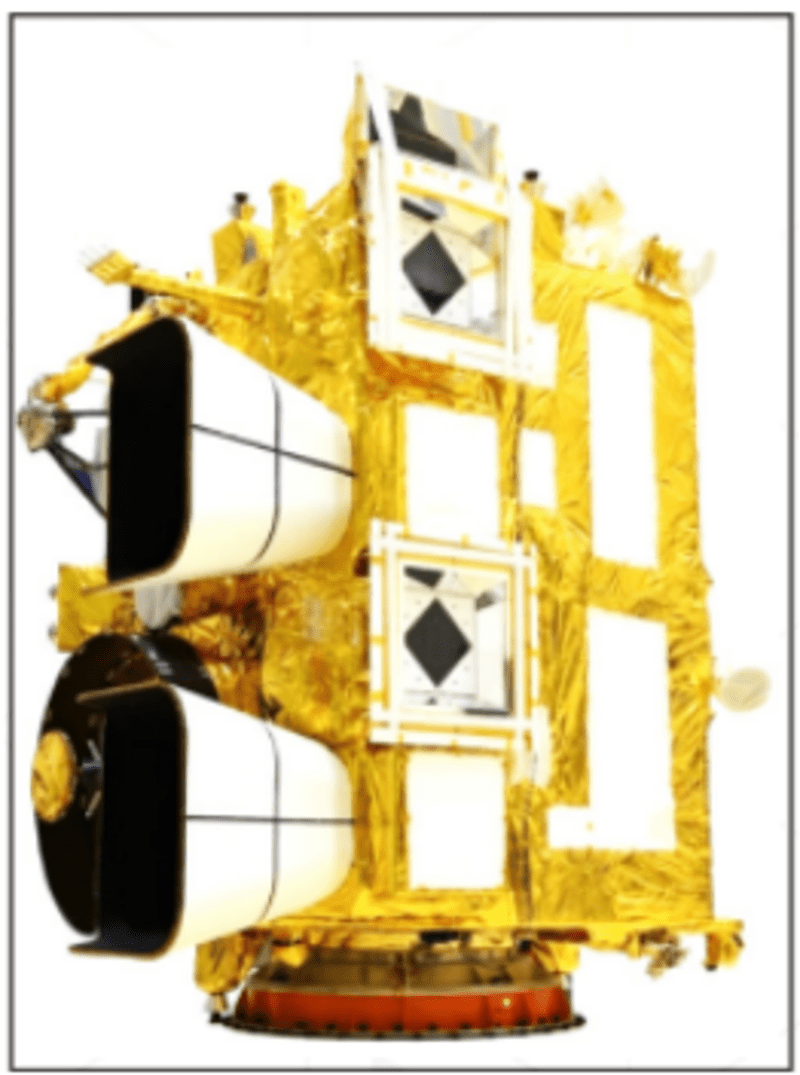News Excerpt:
Recently, Indian space research organisation (ISRO) has launched INSAT-3DS using GSLV-F14.

More about INSAT-3DS:
- INSAT-3DS Satellite is a follow-on mission of Third Generation Meteorological Satellite from Geostationary Orbit.
- The Satellite is an exclusive mission designed for enhanced meteorological observations, monitoring of land and ocean surfaces for weather forecasting and disaster warning.
- The INSAT mission is fully funded by the Ministry of Earth Sciences (MoES).
- It was launched from the Satish Dhawan Space Centre in Sriharikota, Andhra Pradesh.
- It was lifted into orbit by the Geosynchronous Satellite Launch Vehicle (GSLV) rocket, designated GSLV-F14.
- The satellite was deployed to geostationary orbit, which lies (35,786 kilometres) above Earth.
- INSAT-3DS will expand the country's meteorological (weather, climate, and ocean related) capabilities with the presently operational INSAT-3D and INSAT-3DR in-orbit satellites.
Payloads:
- It is equipped with state-of-the-art payloads:
- An imager payload with a six-channel optical radiometer to generate images of the Earth and its environment.
- A 19-channel sounder payload to provide information on the atmosphere.
- A data relay transponder to receive meteorological, hydrological and oceanographic data from automatic data collection platforms.
- A satellite aided search and rescue transponder that relays a distress signal or alert from beacon transmitters with global coverage.
Objectives of INSAT-3DS:
- The primary objectives of the mission are:
- To monitor Earth’s surface, carryout Oceanic observations and its environment in various spectral channels of meteorological importance.
- To provide the vertical profile of various meteorological parameters of the Atmosphere.
- To provide the Data Collection and Data Dissemination capabilities from the Data Collection Platforms.
- To provide the Satellite Aided Search and Rescue services.
- INSAT-3DS aims to enhance the monitoring of Earth’s surface, atmosphere, oceans, and environment.
- The initiative will boost India’s weather, climate, and ocean-related observations and services, expanding knowledge and better disaster mitigation and preparedness in the future.
|
Geosynchronous Satellite Launch Vehicle (GSLV):
|
Boost to NASA-ISRO mission:
- The success of the GSLV-F14/INSAT-3DS mission is a big boost for ISRO ahead of the launch of the NASA-ISRO Synthetic Aperture Radar (NISAR) satellite.
- The NISAR will be launched by the GSLV Mark-II launch vehicle.
|
About Indian Space Research Organisation (ISRO):
ISRO’s recent successful missions:
|


